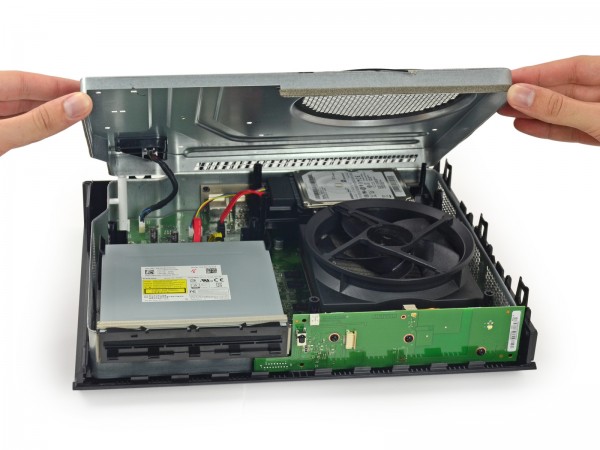The more I dig for some info, the more I think they'll be stuck with 16 chips DDR3-2133 as the least expensive option for quite some time.
DDR4-4266 is very very far in the uncertain future. Considering Haswell-E is coming out with a DDR4-2133 interface. It'll take a long time before DDR4 reaches the maximum speed on the roadmap, let alone at a lower price.
DDR4 isn't expected to reach price parity until 2016, so it's later than 2016 before it becomes significantly lower cost to justify changing the interface. 2017? 2018?
32bit wide DDR3/4 is still unobtainium, as far as I can tell. So no possible cost reduction by going 8Gb (or 16Gb DDR4) if they can't source them in x32 configuration.
DDR4-4266 is very very far in the uncertain future. Considering Haswell-E is coming out with a DDR4-2133 interface. It'll take a long time before DDR4 reaches the maximum speed on the roadmap, let alone at a lower price.
DDR4 isn't expected to reach price parity until 2016, so it's later than 2016 before it becomes significantly lower cost to justify changing the interface. 2017? 2018?
32bit wide DDR3/4 is still unobtainium, as far as I can tell. So no possible cost reduction by going 8Gb (or 16Gb DDR4) if they can't source them in x32 configuration.





